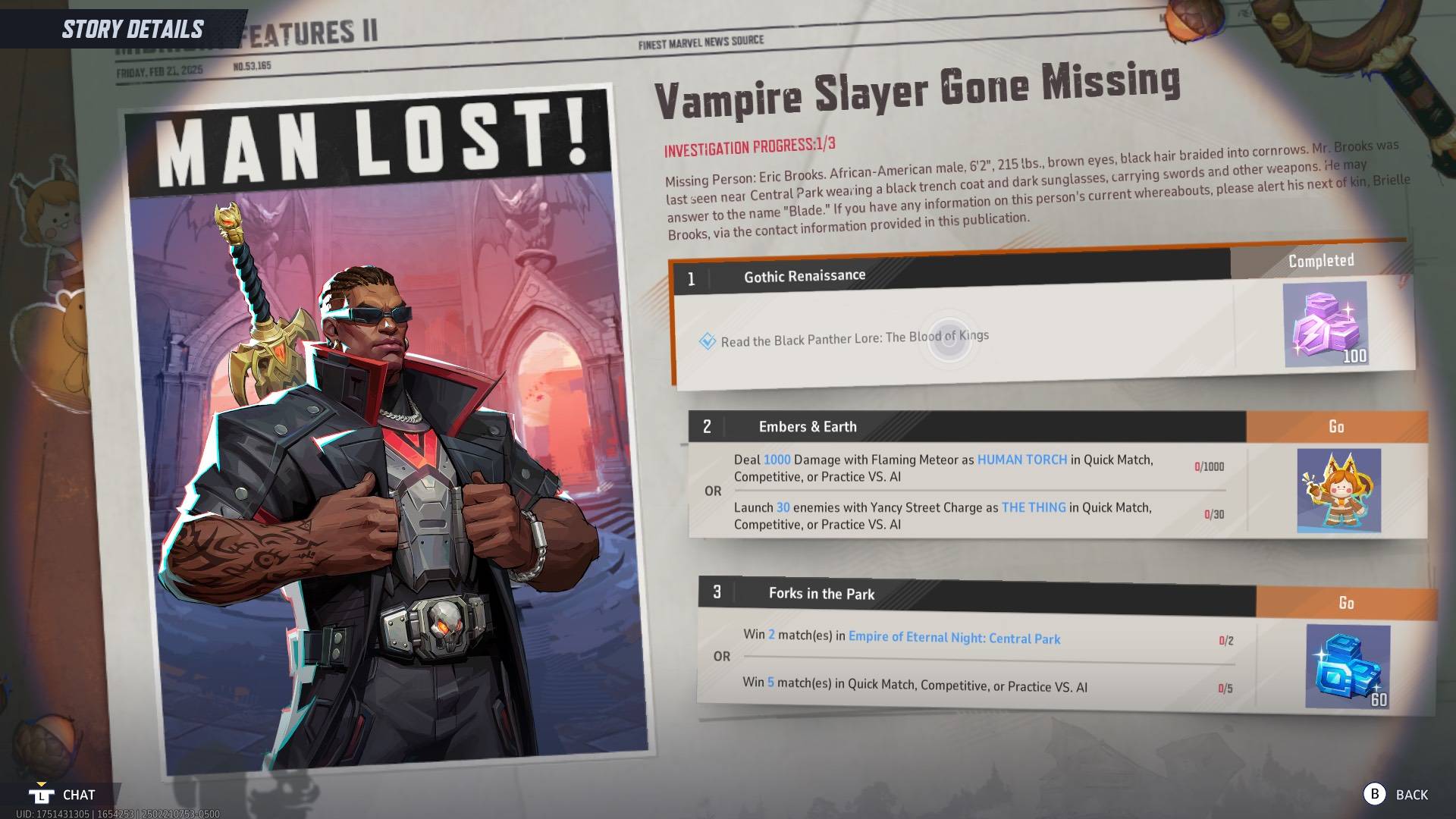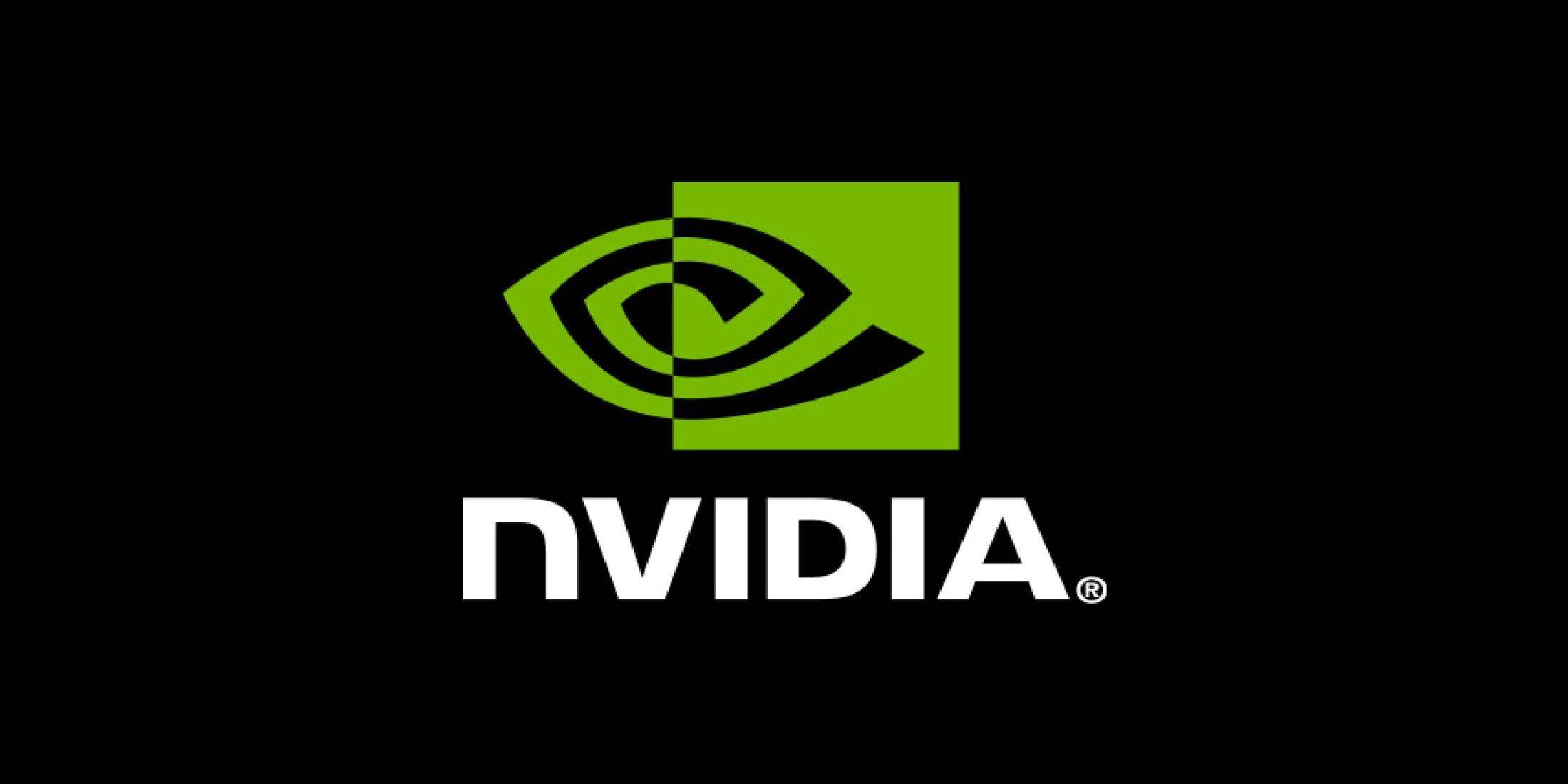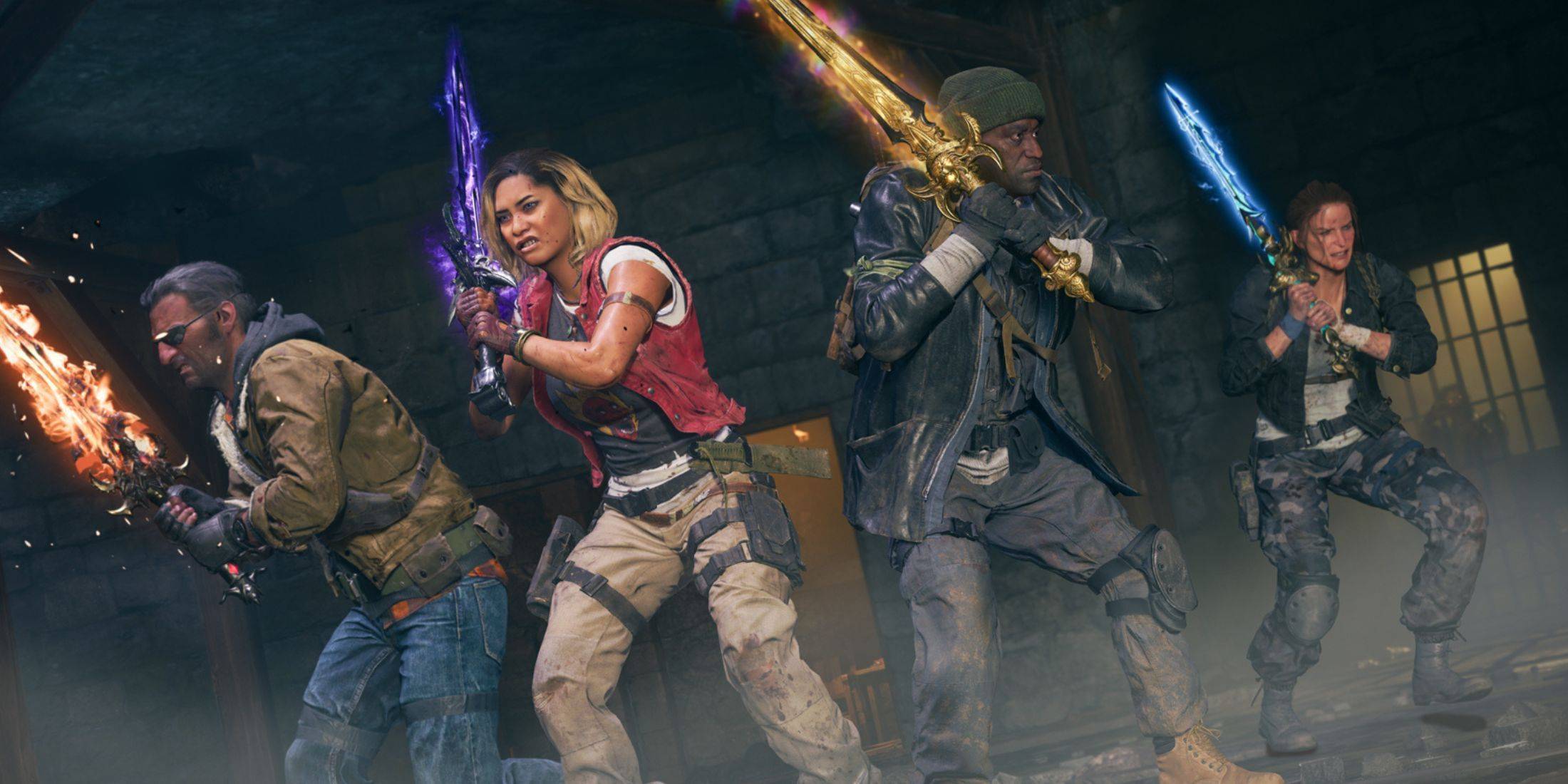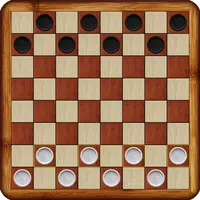Assassin's Creed: 10 History Twists
Ubisoft has revived the Animus once again, transporting players to Japan’s turbulent Sengoku era in Assassin’s Creed Shadows. The game brings to life key historical personalities from 1579, from the elusive Fujibayashi Nagato and the ambitious Akechi Mitsuhide to Yasuke, the African warrior who served Oda Nobunaga. As with previous entries, these figures are woven into a narrative blending fact and fiction—a tale of vengeance, betrayal, and bloodshed, including instances where Yasuke racks up XP through combat to wield elite weaponry.
Assassin’s Creed has always embraced historical fiction, filling the gaps of the past with a sci-fi conspiracy about a shadowy order harnessing ancient power. Though Ubisoft’s open worlds are meticulously researched and steeped in historical context, they’re ultimately crafted to serve the story—dozens of real-world events are altered or reimagined to heighten drama.
Countless inaccuracies could be listed, but here are ten standout moments where Assassin’s Creed boldly rewrote history.
The Assassins vs Templars War

Let’s address the biggest fabrication first: there’s zero historical proof of a feud between the Assassin Order and the Knights Templar. Their conflict is wholly fictional, borrowing from Templar conspiracy theories (themselves largely myth).
The Assassins emerged in 1090 AD, followed by the Templars in 1118. Both orders lasted roughly two centuries before disbanding by 1312—so the idea of a centuries-long secret war is pure fantasy. In reality, their only shared battleground was the Crusades, making the original Assassin’s Creed the sole game remotely aligned with their actual timeline. While they may have crossed paths, evidence suggests no ideological clash between them.
The Borgias and their Superpowered Pope

Assassin’s Creed 2 and Brotherhood pit Ezio against the Borgias. Rodrigo Borgia, the Templar Grand Master, ascends as Pope Alexander VI—historically accurate, but the game’s version sees him pursuing the Apple of Eden to dominate humanity. Of course, the Templars were long gone by the late 1400s, and the Vatican fistfight under St. Peter’s is pure invention.
While the Borgias were indeed notorious, they weren’t quite the cartoonish villains portrayed here. Cesare Borgia, Rodrigo’s son, is depicted as a psychopathic warmonger—a characterization based more on rumor than fact. Machiavelli, ironically, praised Cesare as an effective ruler.
Machiavelli, Enemy of the Borgias

Niccolò Machiavelli, famed for his political theories, is depicted as Ezio’s ally and even leads the Italian Assassins. Problem is, Machiavelli’s philosophy—advocating strong centralized power—directly clashes with the Brotherhood’s anti-authoritarian ethos.
Moreover, historical records show Machiavelli viewed the Borgias pragmatically: he acknowledged Rodrigo’s cunning and served under Cesare, famously lauding him in The Prince. The game’s portrayal? A dramatic departure.
The Incredible Leonardo da Vinci and his Flying Machine

Da Vinci’s wit and genius are faithfully captured, but his timeline is tweaked. Historically, he left Florence for Milan in 1482—yet the game sends him to Venice in 1481 simply to keep him alongside Ezio.
His inventions, from tanks to gliders, are meticulously recreated—but none were operational in his lifetime. The Venice flight sequence? Pure fantasy, though inspired by his sketches.
The Bloody Boston Tea Party

The real 1773 protest was remarkably bloodless: disguised as Mohawks, colonists dumped tea without violence. Assassin’s Creed 3 rewrites it as a bloodbath—Connor slaughtering Redcoats while patriots cheer. Historically, zero deaths occurred.
Samuel Adams’ involvement is also speculative—another case of Ubisoft cherry-picking ambiguity to craft drama.
The Lone Mohawk

Connor’s allegiance to the Patriots contradicts history: the Mohawk nation allied with Britain, hoping to protect their lands from colonists. Fighting alongside Washington would’ve branded him a traitor.
Akiatonharónkwen (Louis Cook), a rare Mohawk Patriot officer, might’ve inspired Connor—but such defections were exceedingly rare.
The Templar Revolution

Unity’s take on the French Revolution borders on revisionism—blaming Templars for the uprising suggests the monarchy was unfairly toppled. In truth, famine, drought, and systemic inequality fueled the revolt, not a shadowy cabal.
The Reign of Terror was just one phase; Ubisoft simplifies years of complex unrest into Templar scheming.
The Controversial Killing of King Louis XVI

Unity frames Louis’ execution as a nail-biter, decided by one vote—historically, the tally was 394 to 321. His failed escape to Austria and subsequent treason charges are downplayed, whitewashing aristocratic corruption.
Jack the Assassin

Syndicate’s Jack the Ripper is a rogue Assassin, twisting one of history’s grisliest killers into a Brotherhood traitor. The real Ripper’s identity remains unknown, but his victims were sex workers—not assassins-in-disguise sent to stop him.
The Assassination of the Tyrant Julius Caesar

Origins recasts Caesar as a proto-Templar, despite his populist reforms (land for the poor, veterans). His murder sparked civil war, dooming the Republic—the opposite of what the conspirators intended. Cleopatra’s portrayal as "a dead tyrant’s whore" ignores Caesar’s widespread popularity.
Ubisoft’s dedication to historical immersion is impressive—but as these examples show, accuracy frequently takes a backseat to storytelling. And that’s the point. Assassin’s Creed isn’t a documentary; it’s a playground where history gets remixed. Which fictionalized moments stand out to you?
-
1

Every Pokémon Game on the Nintendo Switch in 2025
Feb 25,2025
-
2

How To Read Black Panther Lore: The Blood of Kings in Marvel Rivals
Mar 01,2025
-
3
![Anime Vanguards Tier List – Best Units For Each Gamemode [UPDATE 3.0]](https://images.gzztb.com/uploads/35/17376012656791b0f12fa1c.jpg)
Anime Vanguards Tier List – Best Units For Each Gamemode [UPDATE 3.0]
Feb 27,2025
-
4

Hearthstone has kicked off the Year of the Raptor with a myriad of new content
Mar 16,2025
-
5

Nvidia RTX 5090 Specs Leak: Rumor Confirmed?
Mar 14,2025
-
6

Ragnarok X: Next Gen - Complete Enchantment Guide
May 25,2025
-
7

McLaren Returns to PUBG Mobile Collaboration
Aug 27,2024
-
8

January 15 Is Suddenly a Big Day for Call of Duty: Black Ops 6 Zombies Fans
Feb 20,2025
-
9

Assetto Corsa EVO Release Date and Time
Jan 05,2025
-
10

Where to Preorder the Samsung Galaxy S25 and S25 Ultra
Mar 06,2025
-
Download

DoorDash - Food Delivery
Lifestyle / 59.30M
Update: Apr 23,2025
-
Download

Niramare Quest
Casual / 626.43M
Update: Feb 21,2023
-
Download

The Golden Boy
Casual / 229.00M
Update: Dec 17,2024
-
4
POW
-
5
Gamer Struggles
-
6
Mother's Lesson : Mitsuko
-
7
Poly Pantheon Chapter One V 1.2
-
8
How To Raise A Happy Neet
-
9
Dictator – Rule the World
-
10
Strobe












